
In 2021, the Dutch Grand Prix returns to the Formula 1 calendar after a 36 year absence. Zandvoort is not the only track to make a comeback after a long break. We take a look at the circuits which have returned to the F1 schedule after long absences.
40 years, 3 months, 25 days – Indianapolis Motor Speedway
Though the Indianapolis 500 never ran to Formula 1 regulations, and very few F1 drivers attempted to enter the race, the event counted towards the Drivers’ Championship between 1950 and 1960. After the 1960 Indianapolis 500, F1 hosted races at various American venues and eventually ran the United States Grand Prix on the road course layout of the Indianapolis Motor Speedway in 2000. The 2000 United States Grand Prix was held on 24th September 2000, 40 years (or 14,727 days to be precise) after the last race to count towards the Drivers’ Championship was held at the venue!
36 years, 11 days – Zandvoort
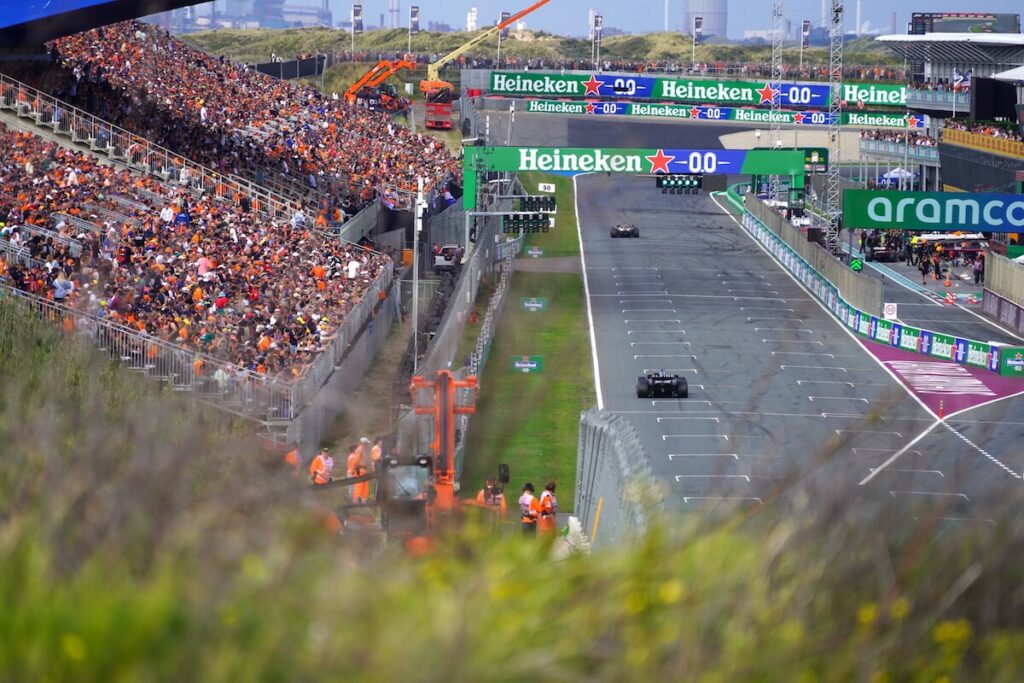

The Indianapolis 500 aside, the return of the Dutch Grand Prix in 2021 sets a new record for the longest gap between two Formula 1 races at a single circuit. F1 returns to Zandvoort for the first time since Niki Lauda’s victory at the seaside track in 1985. The race was originally expected to return to the schedule in May 2020, but plans were thwarted by the coronavirus pandemic and the venue instead makes its comeback in September 2021; 36 years, or 13,160 days since the last F1 race in the Netherlands.
30 years, 23 days – Fuji Speedway
Fuji Speedway returned to the Formula 1 calendar in 2007, thirty years after last hosting the Japanese Grand Prix in 1977. The circuit, located in the foothills of Mount Fuji, held the inaugural World Championship Japanese Grand Prix in 1976 – a race which is well remembered for the title showdown between James Hunt and Niki Lauda, capping off one of F1’s most dramatic seasons. Fuji Speedway hosted the Japanese Grand Prix again in 1977, and although another race was planned for April 1978, it was cancelled.
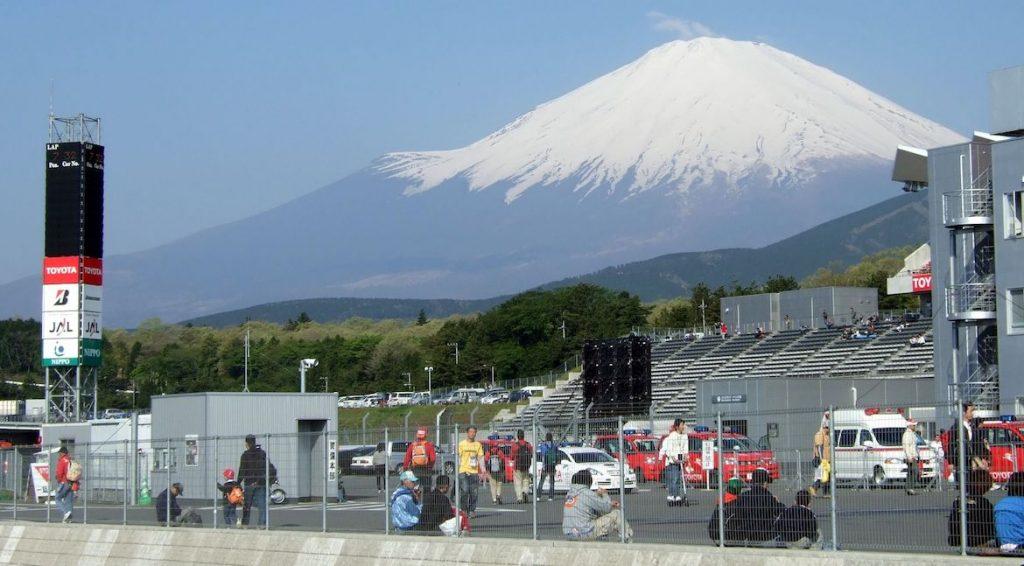
Ten years later, in 1987, F1 returned to Japan at Suzuka. The circuit hosted the event until 2007, when Fuji Speedway took over, making its return thirty years on from its last appearance on the calendar. The Toyota-owned track remained on the schedule for only two seasons before the Japanese Grand Prix moved back to Suzuka.
27 years, 11 months, 16 days – Circuit Paul Ricard
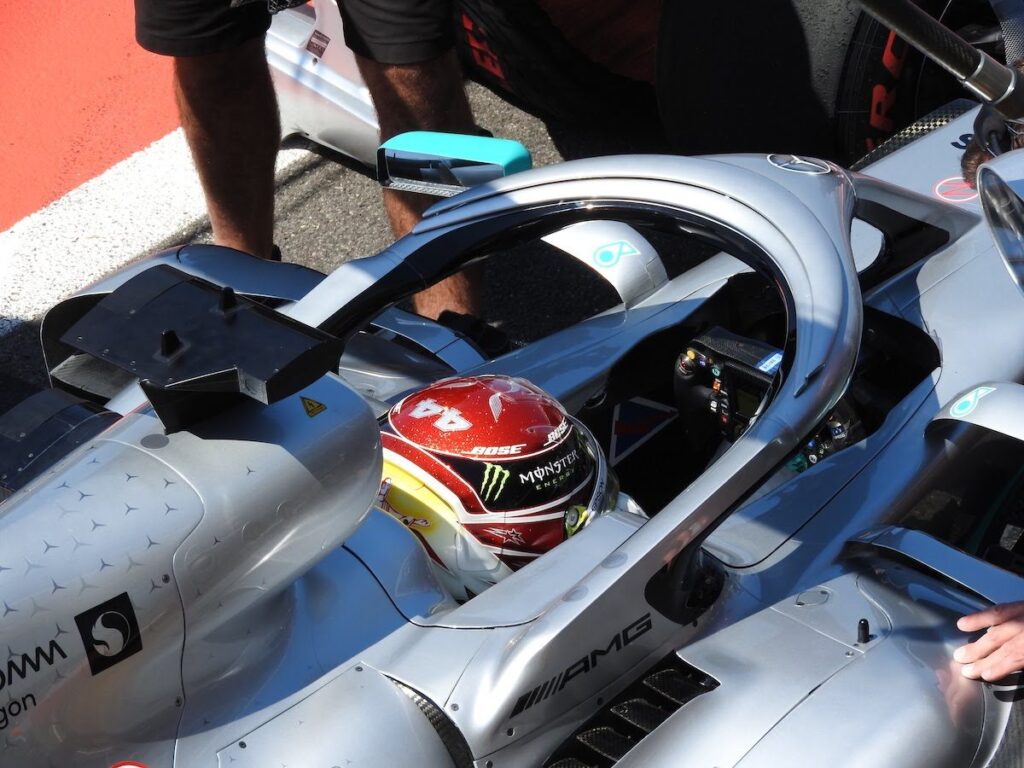
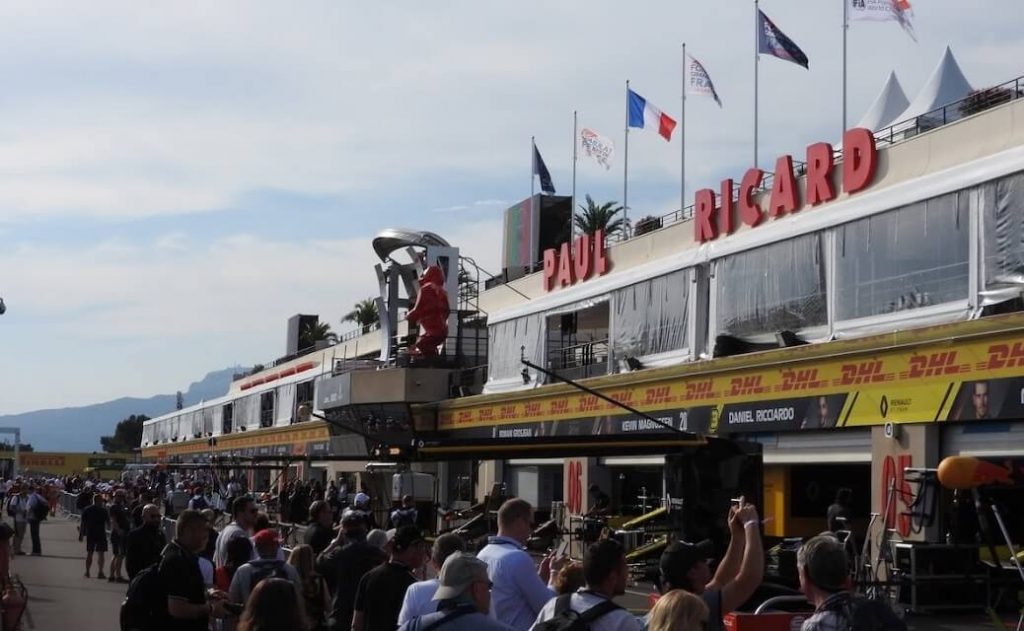
Circuit Paul Ricard made its return to the Formula 1 schedule in 2018, marking the first time that the French Grand Prix had been held since 2008. Magny Cours was the host of the event for its most recent spell on the schedule, with Circuit Paul Ricard having last hosted the race in July 1990. The 2018 French Grand Prix – won in dominant fashion by Lewis Hamilton – was the first F1 race at Circuit Paul Ricard in almost 28 years (or 10,213 days)!
23 years, 7 months, 10 days – Autódromo Hermanos Rodríguez
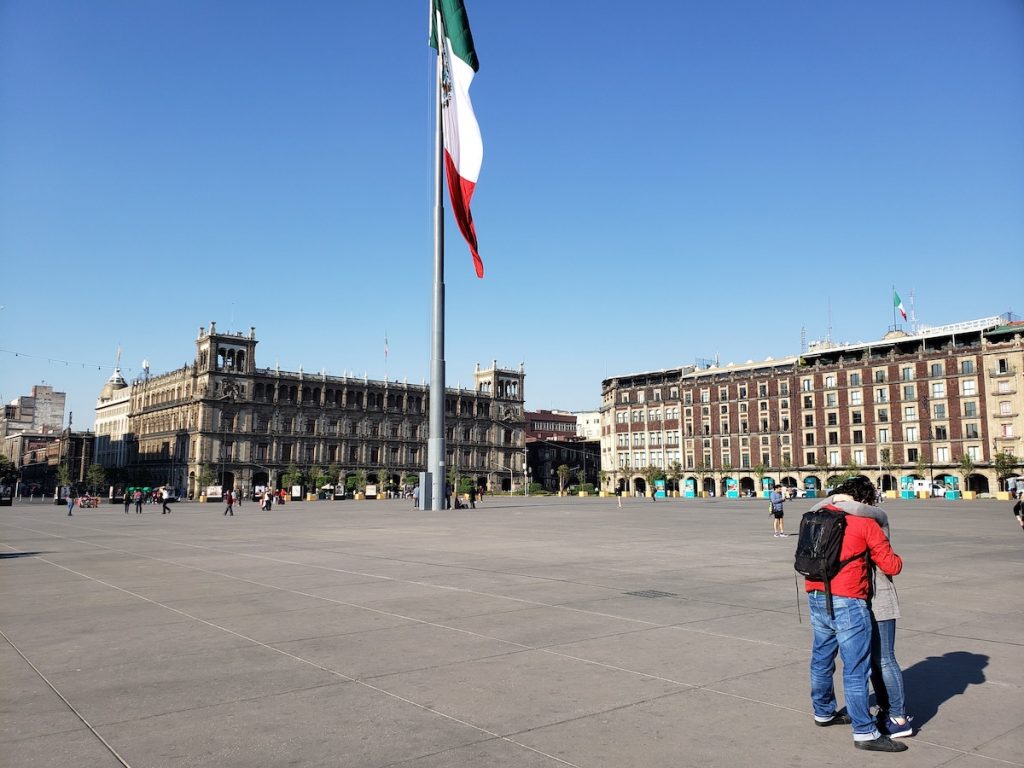
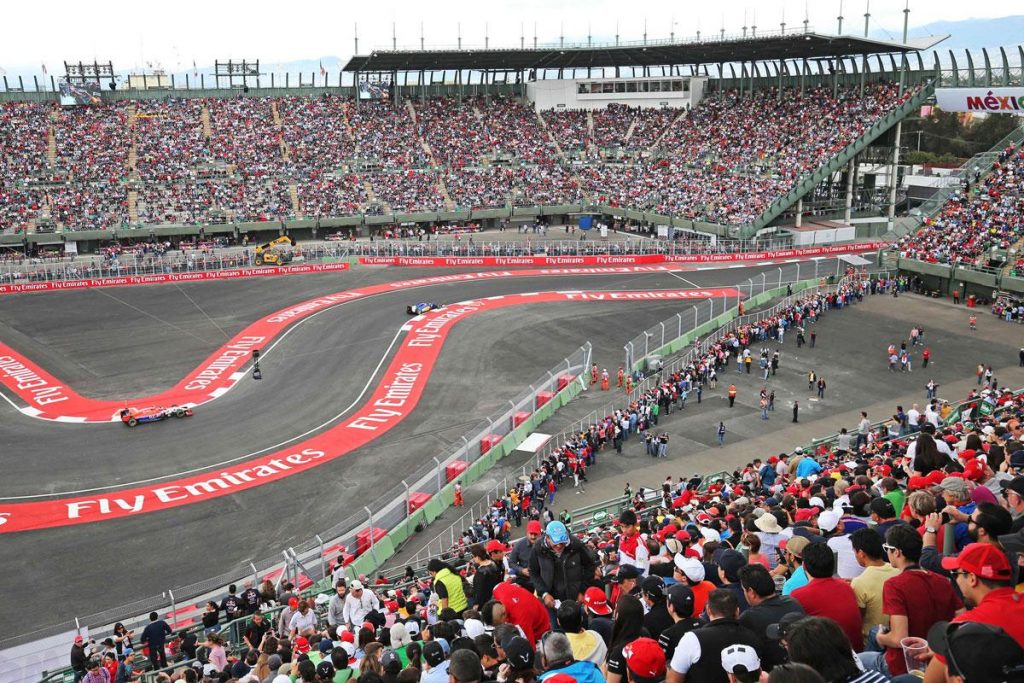
Another recent re-addition to the Formula 1 calendar is the Mexican Grand Prix, which made its return in 2015. Upon its return, the Autódromo Hermanos Rodríguez was much different to when it last appeared on the schedule 23 years previously in 1992. The track, located in the heart of Mexico City, had undergone significant redevelopment by renowned F1 track designer Hermann Tilke.
15 years, 11 months, 17 days – Autódromo Hermanos Rodríguez
Formula 1’s Mexico comeback in 2015 wasn’t the first time that the sport returned to the Autódromo Hermanos Rodríguez after a long absence. In 1986, the Mexican Grand Prix returned for the first time in almost sixteen years.
In 1970, the event became a victim of its own success. The race drew a large 200,000 strong crowd, which proved difficult to keep under control. The crowd control issues saw the race cancelled for the following season. It would be sixteen years before the race made its comeback at the same venue – albeit with a slightly revised track, and now named Autódromo Hermanos Rodríguez instead of Magdalena Mixhuca.
14 years, 6 months, 9 days – Imola
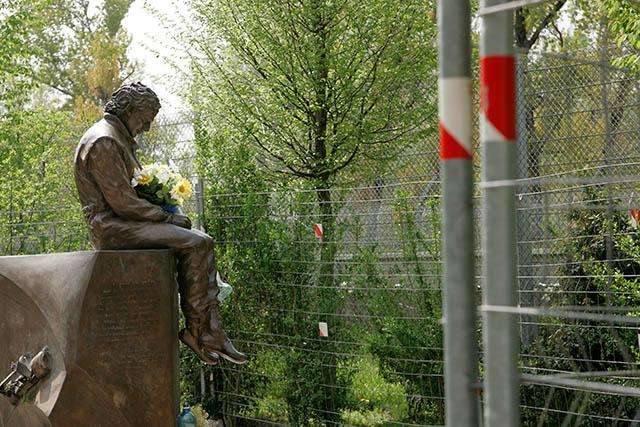
Imola returned to the F1 calendar to host the 2020 Emilia Romagna Grand Prix after a fourteen year absence. The date of the 2020 race marked 5,306 days since the last San Marino Grand Prix, held at the circuit in 2006. Imola hosted 27 previous races before the 2020 event. It held the Italian Grand Prix in 1980, and went on to host the San Marino Grand Prix in all of the following 26 seasons.
12 years, 11 months, 15 days – Circuit de Spa-Francorchamps
Circuit de Spa-Francorchamps is one of Formula 1’s most iconic circuits – but it experienced a long absence from the calendar in the 1970s and into the 1980s due to safety concerns. The original 14km layout of the Spa circuit was last used in 1970. The cars had simply become too fast and too dangerous to race at the venue, and the 1971 event was cancelled as the circuit did not meet the required safety standards.
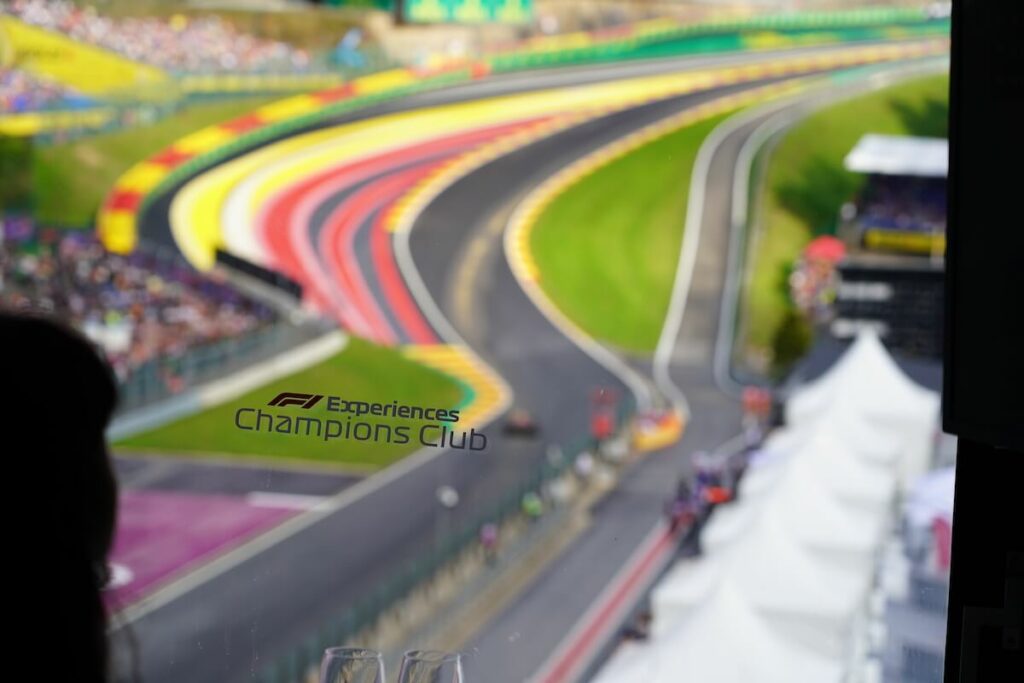
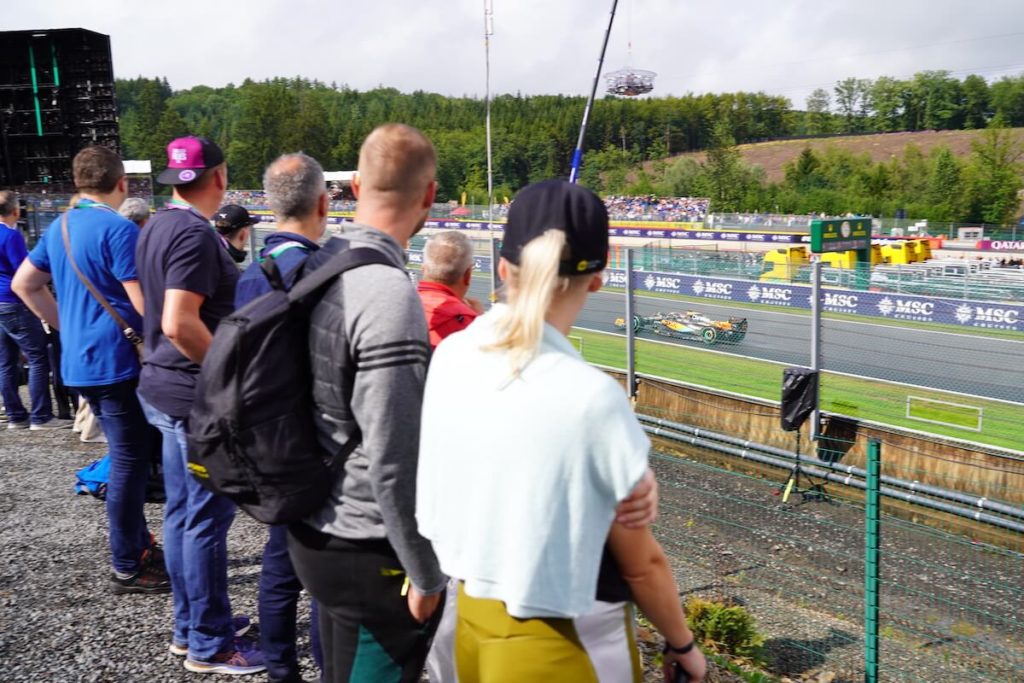
In the interim years, the Belgian Grand Prix was held at two other circuits – Zolder and Nivelles – before eventually returning to a shortened, safer version of Circuit de Spa-Francorchamps in 1983, thirteen years on from the track’s last appearance.
11 years, 11 months, 16 days – Autódromo Oscar Alfredo Gálvez
The Autódromo Oscar Alfredo Gálvez is another track which has made two comebacks after lengthy absences from the calendar. In 1972, the Argentine Grand Prix made its return having last been run as a round of the World Championship twelve years previously. While Bruce McLaren won the 1960 Argentine Grand Prix, Jackie Stewart was victorious upon the event’s return in 1972. The Buenos Aires track hosted a non-championship F1 race in 1971, which was won by Chris Amon.
11 years, 1 month, 4 days – Red Bull Ring
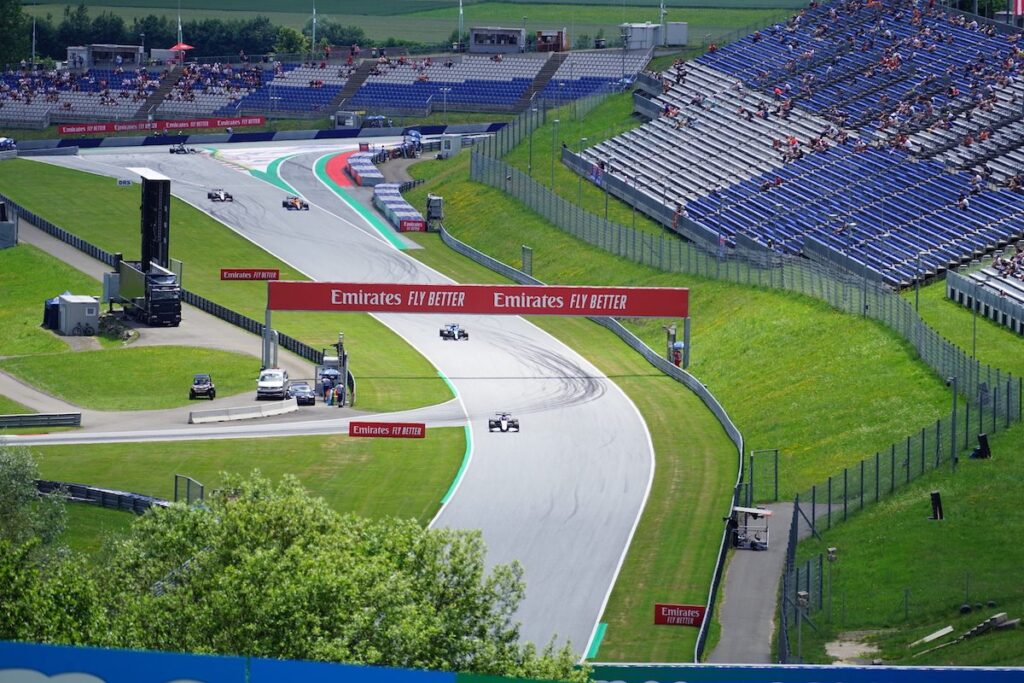
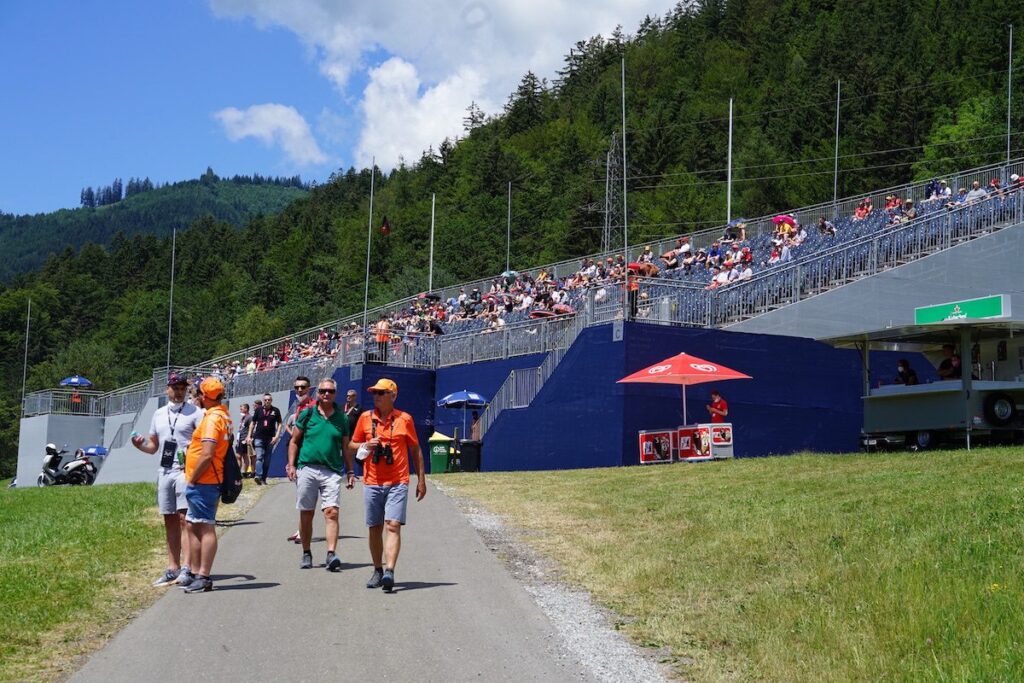
Formula 1 returned to Austria in 2014, eleven years since the country had last hosted the Austrian Grand Prix. While the same venue has hosted the Austrian Grand Prix since 1970, the circuit has changed plenty from its original Österreichring layout. In the 4,053 days between the 2003 and 2014 Austrian Grands Prix, the circuit changed names once again, this time from the A1 Ring to the Red Bull Ring, having been bought by the Austrian drinks company.



